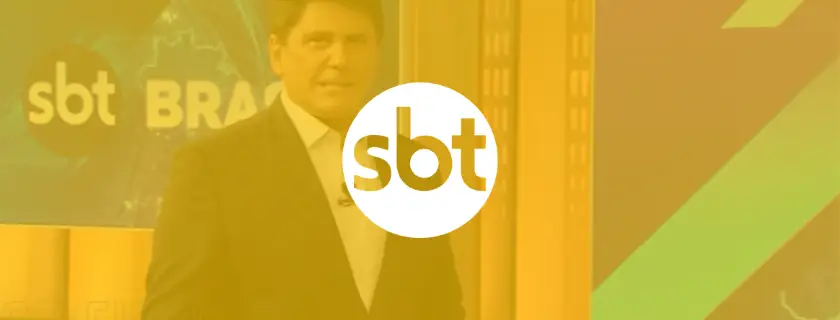Video cutting: how to master the art of cutting for better captivation

You've shot hours of video, and now it's time to edit. That's where video cutting comes in. All too often underestimated, it's the cornerstone of successful video editing.
So how do you cut a video? What are the pitfalls to avoid? And what techniques can transform a simple sequence of shots into a powerful story? We explain it all, with concrete advice and clear examples.
What is video cutting and why can't you do without it?
The video cuttingis much more than just "cutting out a bit that's lying around". It's the art of choosing what to leave in your video and what to leave out.
These are :
- Eliminate unnecessary sequences: silences, hesitations, errors, length...
- Structure the narrative: beginning, build-up, climax, conclusion.
- Pace the video to avoid boredom or confusion.
- Reinforce the message: every shot must make sense.
In short: you don't cut a video just to make it short, you cut it to make it better.
Why video cutting changes everything
A well-cut video is one that is watched right to the end. And in a world where attention wanes after a few seconds, every shot counts.
Here's what you gain with an efficient cut:
A rhythm that holds
A good cut imposes a fluid, natural rhythm. Neither too slow (at the risk of boring), nor too fast (at the risk of losing the viewer). This is the secret to keeping your audience right to the end.
A clear narrative
By eliminating digressions or confusing shots, you make your message crystal clear. A neat cut guides the eye and the attention. It's your video's GPS.
More commitment
Well-structured videos generate more views, more shares and more conversions. According to a Wistia study, videos under 2 minutes have a much higher retention rate. Cutting it down allows you to focus on the essentials.
7 video cutting techniques you need to know and use right now
Whether you're a video beginner or a content pro, these tips will help you improve your edits:
1. Cut to action
Example: Imagine a corporate video in which an executive begins to answer a question during a press briefing or recorded webinar. Rather than showing the entire moment when he thinks, adjusts his microphone or rephrases his thought, you can cut to the moment when he starts to speak fluidly, with conviction (often after a micro-hesitation).
The result is a more confident, concise speech, while the video retains its authority and becomes more dynamic.
2. Use J and L cuts
J-cut: audio starts before the image → perfect for smoothly introducing a new shot.
L-cut: audio continues after the cut → provides a link between scenes.
3. Master cross-cutting
Alternate between two actions taking place in parallel to create tension or enrich the narrative.
For example: between an expert speech and images of implementation in the field. This enhances credibility while making the video more dynamic and engaging.
4. Add cutting plans
A detail, a gesture, a setting... They enrich the montage, hide an abrupt cut, or provide context.
5. Avoid in-line connections
Cutting twice on the same shot at a very similar angle disturbs the reading. Prefer a very different angle, or a significant change in framing.
6. Cut without mercy (especially at the beginning)
Anything that doesn't serve your message is unnecessary. Learn to say no to certain shots, even if they are "pretty". Efficiency takes precedence over emotion.
7. Let the music guide your cuts
The rhythm of sound can dictate the rhythm of your editing. It's a powerful tool for conveying emotion or maintaining attention.
Common misconceptions about video editing: let’s debunk them
"I'm afraid of cutting an important scene."
That's normal, but there's nothing to stop you saving all your original footage. You can always go back.
"Cutting will break my narrative."
Wrong: a well-thought-out narrative is strengthened by a good cut. The key is to always ask yourself this question: "Does this shot advance the story?"
"I don't know where to cut."
Start with the obvious lengths, the repetitions, the hesitations. Then trust your instincts. With experience, it becomes almost automatic.
Choosing the right video cutting tool
A good tool helps you save time and stay creative. If you're looking for a fast, intuitive online solution, Yuzzit is well worth a look.
With our video editor, you can :
- Cut your videos in just a few clicks, without needing to be an expert.
- Enjoy a fluid interface, even for beginners.
- Get a real-time overview of your cuts.
- Export your videos in high quality, without loss.
In short, it's the perfect ally for turning your rushes into professional videos.
Try Yuzzit now and give your montages the finish they deserve.
In a nutshell: cutting out is telling it better
Don't think of video cutting as a technical chore. It's a creative act, a real lever for telling a story that touches, captivates and stays with you.
Take time to think about your cuts. Dare to experiment. And above all, remember that it's not always what you show that counts most... but what you choose not to show.
Frequently asked questions
What exactly is video cutting?
Video trimming consists of removing or adjusting certain parts of a sequence to improve the pace, narration and overall impact of a video.
What's the difference between cutting and video editing?
Cutting is a stage in video editing. It focuses on selecting and deleting unnecessary sequences, while editing also includes adding music, transitions, effects, etc.
Does cutting up a video make it look less natural?
On the contrary, a good cut gives an impression of fluidity and reinforces the clarity of the message. It enhances the viewing experience.
How do you know which scenes to cut?
Ask yourself this question: "Does this shot add value to my message?" If the answer is no, it probably deserves to be cut.






.webp)


